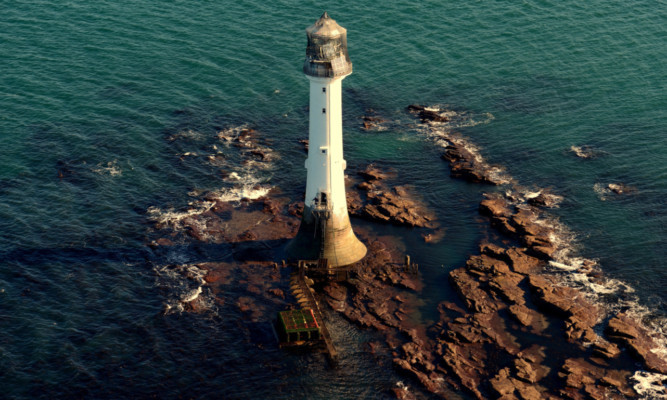Spectacular images of Courier country beacons have cast a new light on the structures which have kept generations of seafarers safe.
In a book charting Scotland’s lighthouse heritage, photographer Ian Cowe’s journey took him around the nation’s coastline by foot, car, boat and helicopter to capture the work of the Stevenson family, who battled against the elements for over a century and a half to build the sentinels of the sea.
The Bell Rock off the coast of Angus and Inchkeith in the Firth of Forth feature in the new work, Scottish and Manx Lighthouses, a labour of love for Robert Gordon University lecturer Mr Cowe, whose images have featured in the Northern Lighthouse Board’s calendar and a Shining Lights exhibition at the National Museum of Scotland.
Over more than 150 years, Robert Stevenson and his descendants designed most of Scotland’s lighthouses.
The Bell Rock, 11 miles into the Firth of Tay from Arbroath, receives prominence in the book as the world’s oldest surviving sea-washed light.
The book’s story begins in the 17th Century with some of the earliest attempts at constructing lighthouses, shown in comparison with the magnificent Stevenson towers which followed and the formation of the Northern Lighthouse Board in 1786.
Mr Cowe’s book features brief historical accounts of many of the Stevenson lights as well as the author’s personal experiences of visiting the wild and captivating locations.
